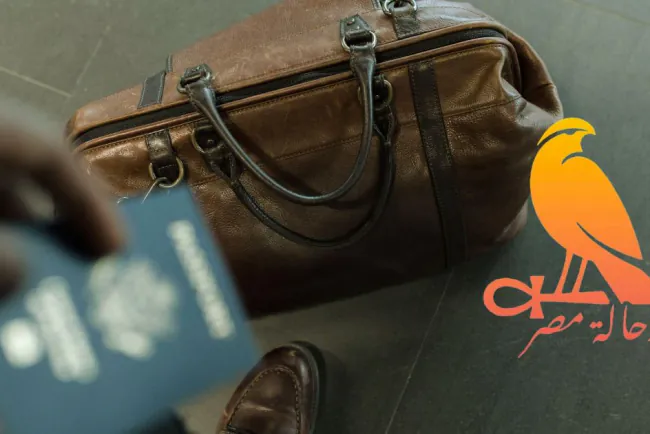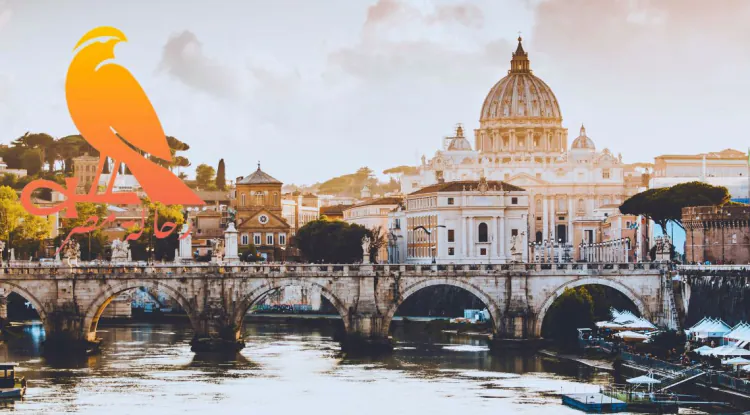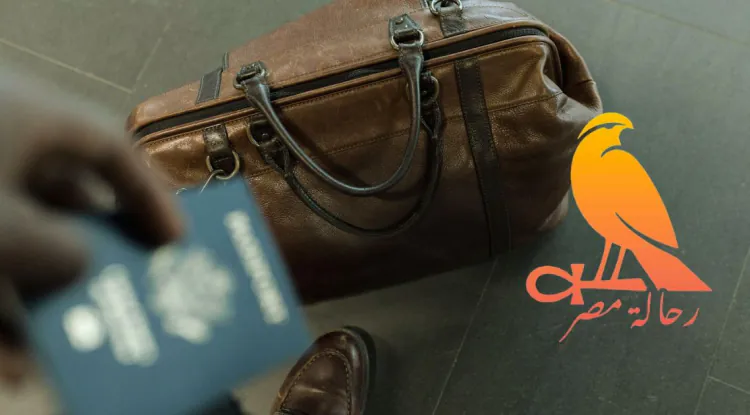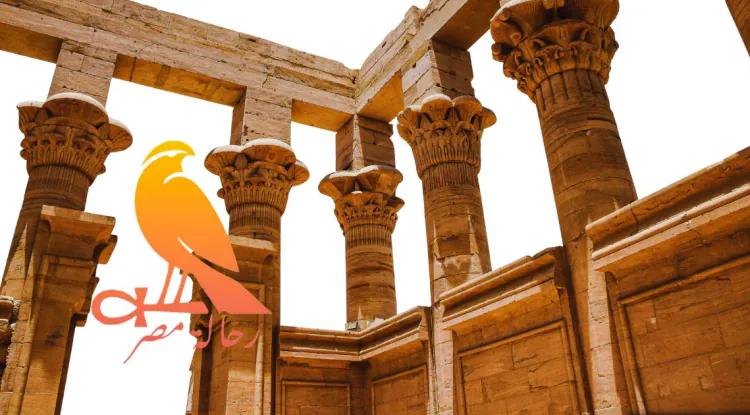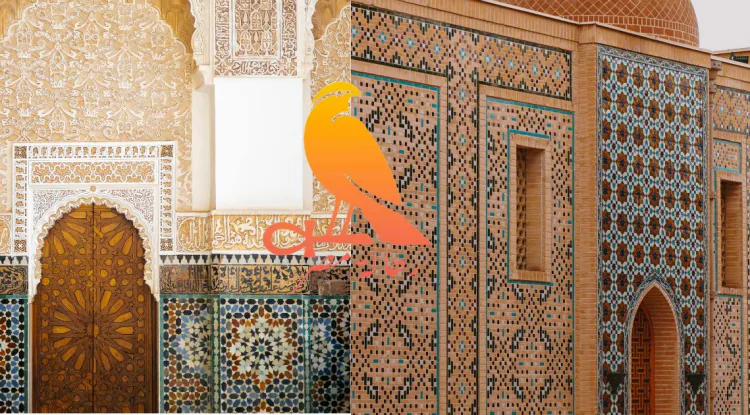Top Travel Photography Tips & Techniques
Learn the secrets of travel photography: our top tips and techniques for creating breathtaking images.
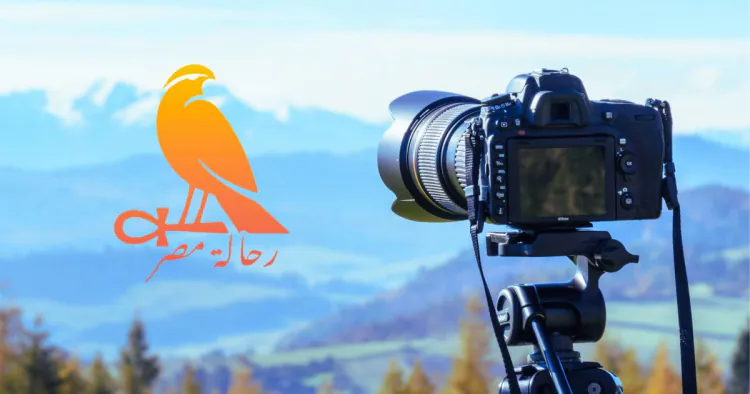
Travel Influencer Collaborations: A Guide to Maximizing Your Reach
What makes a travel photographer's work truly stand out in a crowded industry? How can mastering travel photography tips and techniques help elevate their brand? Travel influencers shape how we experience and interact with destinations worldwide. High-quality travel photography is key to their success.
By using expert travel photography tips and techniques, photographers can improve their visual storytelling. This can greatly increase their reach and impact.
Exploring travel photography, we learn about composition, equipment, and lighting. Photographers can refine their craft and develop a unique style. This style resonates with their audience.
By applying these tips and techniques, photographers create captivating visual narratives. These stories inspire and inform, while showing their unique perspective and creative vision.
Introduction to Travel Photography
Understanding travel photography basics is key for producing high-quality images. From composition and lighting to equipment and editing software, there's a lot to learn. Mastering these skills is essential for capturing a destination's essence.
Key Takeaways
- Mastering travel photography tips and techniques is essential for creating high-quality images that capture the essence of a destination.
- Understanding composition techniques, equipment selection, and lighting tips is critical for refining your craft and developing a distinctive style.
- Applying expert travel photography tips and techniques can help elevate your brand and maximize your reach.
- Developing a unique perspective and creative vision is key to producing captivating visual narratives that inspire and inform.
- Refining your skills in travel photography can help you create images that showcase your distinctive style and creative approach.
- Exploring the world of travel photography can help you discover new destinations, cultures, and ways of storytelling.
Essential Travel Photography Equipment
Getting the right gear is key to amazing travel photos. The best equipment can really improve your photos. You'll need cameras, lenses, tripods, and filters to take your photos to the next level.
There are many choices for all levels and budgets. Smartphones are great for travel photos because they're easy to carry and take good pictures. But, if you want more features and better quality, DSLRs and mirrorless cameras are the best.
- Cameras: DSLRs, mirrorless, or smartphones
- Lenses: wide-angle, telephoto, and standard zoom
- Accessories: tripods, filters, and memory cards
These basics will help you start your travel photography kit. They let you capture different scenes and moments. With the best equipment, your travel photos will be unforgettable.
Mastering Composition in Travel Photography
Understanding photography composition techniques is key to capturing stunning travel photos. By using a few simple principles, you can make your images stand out. The rule of thirds is a basic technique. It involves dividing the frame into thirds both ways and placing key elements on these lines.
Leading lines are another important technique. They guide the viewer's eye through the image. Look for natural lines like roads or shorelines that lead to your subject. Framing and perspective add depth and interest. Using archways or doorways to frame your subject creates a sense of context and intimacy.
It's also important to balance elements in the frame. This means considering where to place subjects, textures, and colors. By using these techniques, you can elevate your travel photos and capture stunning images that tell a story.
Key Composition Techniques
- Rule of thirds
- Leading lines
- Framing and perspective
- Balancing elements
Mastering these techniques can greatly improve your travel photography. Always think about the composition of your shot. Don't be afraid to try new things and experiment.
Understanding and Utilizing Natural Light
Natural light is key in travel photography. The right light can transform a photo. Knowing how to use different lights is vital for amazing shots.
The golden hour, just before sunrise and after sunset, is perfect. It offers soft, warm light great for landscapes, portraits, and cityscapes.
The blue hour, before sunrise and after sunset, also offers unique light. It's cool and soft, adding mystery to your photos. Plan your shoots to catch these times and adapt to changing light.
- Shooting during the golden hour and blue hour for soft, warm light
- Using reflectors or diffusers to control harsh midday sun
- Experimenting with long exposures and high ISO settings for night photography
Mastering these techniques will elevate your travel photography. You'll capture images that truly show off your destinations' beauty.
| Lighting Condition | Characteristics | Best Uses |
|---|---|---|
| Golden Hour | Soft, warm light | Landscape, portrait, cityscape photography |
| Blue Hour | Soft, cool light | Landscape, cityscape, nighttime photography |
| Harsh Midday Sun | Strong, direct light | Using reflectors or diffusers to control light |
Capturing Authentic Moments in Travel Photography
To capture travel moments, understanding authenticity is key. You want to show the essence of a place, its people, and culture. This means being respectful, patient, and observant.
Street photography is a great way to capture real moments. It involves taking candid shots of people going about their day. Using a small camera and being discreet helps you get natural, authentic photos.
Showing local culture and people is another approach. Attend local events, visit markets, and talk to the community. This way, you learn about the place's customs and traditions. To master capturing travel moments, consider these tips:
- Be respectful of local customs and traditions
- Take the time to observe and learn about the culture
- Use a camera that allows you to be discreet and take candid shots
Documenting wildlife and nature is also vital. To capture real moments, be patient and observant. Learn about the animals and their habitats. Use a camera with a good zoom lens to get close without disturbing them. By following these tips, you can capture beautiful, authentic, and meaningful photos.
The secret to capturing authentic moments is being respectful, patient, and observant. By following these tips and practicing, your photos will stand out. They will tell a story about the places you've visited.
Post-Processing Your Travel Photos
After taking amazing travel photos, it's time to edit them. Editing is key to making your photos stand out. There are many tools, both for computers and phones, to help you.
Adobe Lightroom and Photoshop are top choices for editing travel photos. They have tools to tweak exposure, contrast, and colors. For example, Adobe Lightroom's adjustment brush lets you fine-tune certain parts of your photo.
There are also techniques to enhance your photos. You can adjust white balance for true colors, use the gradient tool for depth, and apply filters for a unique look.
- Adjusting the white balance to ensure accurate colors
- Using the gradient tool to add depth and dimension to your images
- Applying filters and effects to create a unique look
By mastering these techniques and using editing software, your travel photos will shine. Always aim for subtle edits to keep your photos real. With time and effort, you'll create stunning, professional-looking images of your travels.
Mobile Photography for Travelers
Smartphones have made mobile photography a hit for travelers. Today's phones have great cameras with manual controls and HDR mode. This lets you take amazing travel photos. Knowing your phone's camera strengths and weaknesses is key.
For editing and capturing travel photos, many apps are available. Adobe Lightroom and Photoshop offer lots of editing tools and filters. Apps like VSCO and Snapseed focus on presets and filters for a simpler editing experience.
Maximizing Your Smartphone's Camera
To get the best from your phone's camera, learn its settings and features. Use manual controls to adjust exposure, ISO, and focus. HDR mode also helps capture more colors and tones in your photos.
Best Photography Apps for Travel
Some top apps for travel photography are:
- Adobe Lightroom
- Adobe Photoshop
- VSCO
- Snapseed
These apps have many features to help you take, edit, and share your travel photos. Using these apps can improve your mobile photography and create stunning travel photos.
Storytelling Through Travel Photography
Travel photography is more than just taking pictures. It's about telling a story with a series of images. By using travel photo storytelling techniques, photographers can share a tale that captivates and motivates their viewers.
To craft a compelling story, photographers need to think about the order of their images. They should plan and execute a visual story. This can be done by creating a photo essay.
Creating Photo Essays
A photo essay is a collection of images that tell a story or share a message. By employing travel photo storytelling techniques, photographers can make a photo essay that is both cohesive and engaging. It showcases their travel adventures.
Sequencing and Narrative Techniques
Sequencing is key in travel photo storytelling techniques. Arranging images in a certain order helps create a story that flows well. It keeps the viewer interested.
- Plan the sequence of images to create a cohesive narrative
- Use visual elements to create a flow between images
- Experiment with different sequencing techniques to find what works best for the story
By mastering travel photo storytelling techniques, photographers can tell stories that inspire and engage their audience. This makes their travel photography more impactful and meaningful.
Specializing in Different Types of Travel Photography
Travel photography is a wide field, and focusing on certain areas can make you stand out. By getting good at different genres, you can offer a fresh view and draw a loyal crowd. We'll look at three main types: landscape, architectural, and food photography. We'll share tips and techniques to boost your skills.
Landscape photography benefits from filters and long exposures for amazing shots. Architectural photos need to handle perspective to look balanced. Food photography is all about making dishes look appealing with styling and lighting. These tips can elevate your photos and show off your creativity.
- Investing in the right equipment, such as wide-angle lenses and tripods
- Developing an eye for composition and lighting
- Researching and understanding the local culture and environment
By using these tips and practicing, you can find your unique style in travel photography. This will help you create high-quality content that your audience will love.
| Type of Photography | Key Techniques |
|---|---|
| Landscape | Using filters, long exposures, and wide-angle lenses |
| Architectural | Dealing with perspective distortion, using tripods and symmetrical composition |
| Food | Styling and lighting techniques, using macro lenses and props |
Overcoming Common Travel Photography Challenges
Travel photography is exciting but comes with challenges. Photographers face crowded spots and unpredictable weather. With the right tips and techniques, they can capture stunning images.
For crowded areas, use a wide-angle lens or find unique spots. In bad weather, like rain or sun, the right gear helps. A polarizing filter can reduce glare and enhance colors.
Dealing with Crowded Tourist Spots
- Use a wide-angle lens to capture the scene
- Look for unique perspectives that minimize the presence of other tourists
- Consider visiting popular locations early in the morning or late in the evening
Photography in Challenging Weather Conditions
Understanding weather helps photographers. Overcast skies offer soft, diffused light. This is great for portraits or landscapes.
Keeping Your Gear Safe While Traveling
To keep your equipment safe, get a good camera bag or case. Always carry your gear. These tips help photographers overcome challenges and capture amazing images.
| Challenge | Solution |
|---|---|
| Crowded tourist spots | Use a wide-angle lens, look for unique perspectives |
| Challenging weather conditions | Use a polarizing filter, understand how to work with different weather conditions |
| Keeping gear safe | Invest in a high-quality camera bag or case, keep gear with you when traveling |
Ethical Considerations in Travel Photography
Travel photographers have a big responsibility. We must respect local customs, protect the environment, and show cultures as they truly are. Travel photography tips and techniques are not just about getting the perfect shot. They need a thoughtful approach that values cultural sensitivity and cares for the environment.
When we take photos in local communities, we must respect local customs and privacy. Always ask for permission before taking pictures of people. We should also know and follow cultural norms that might not allow certain types of photos. This way, we can earn trust and capture the true spirit of a place.
The environmental impact of photography is also very important. We should try to leave as small a footprint as possible. Avoid disturbing wildlife and respect natural areas. By doing this, our photos can share the beauty of the world without harming it.
Lastly, representing cultures authentically is key in travel photography. We should avoid stereotypes and tell stories that show the full range of human experiences. This way, we celebrate the diversity of cultures and help people understand each other better. As photographers, we have a chance to be cultural ambassadors. We must use this power wisely and with integrity.
You'll need a camera, like a DSLR, mirrorless, or smartphone. Also, versatile lenses are key, such as wide-angle, standard zoom, and telephoto. A lightweight tripod, memory cards, and extra batteries are must-haves.
FAQ
What are the essential travel photography equipment items I should consider?
How can I improve my composition when taking travel photos?
What are some tips for working with natural light during travel photography?
How can I capture authentic moments and portray local culture in my travel photos?
What are some effective post-processing techniques for enriching my travel photos?
How can I utilize my smartphone for travel photography?
How can I use travel photography to tell compelling stories?
What's Your Reaction?








